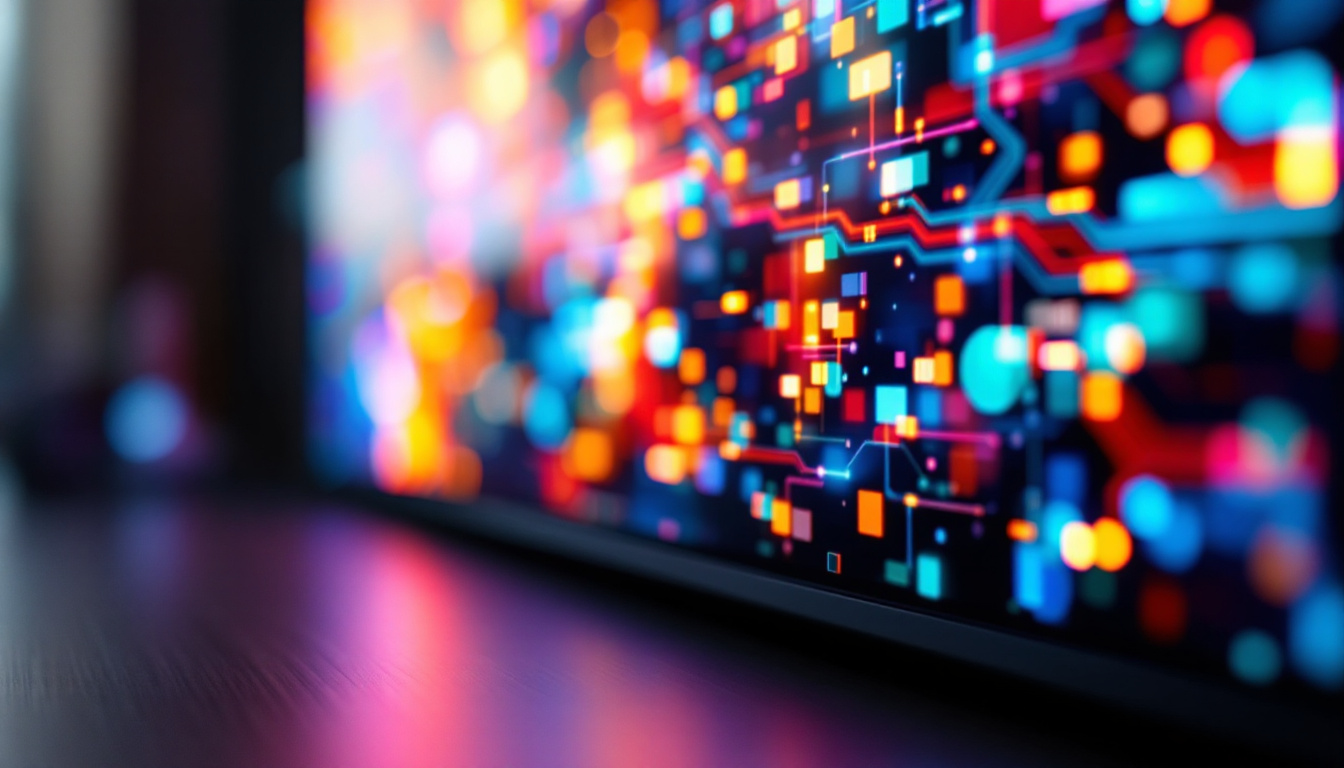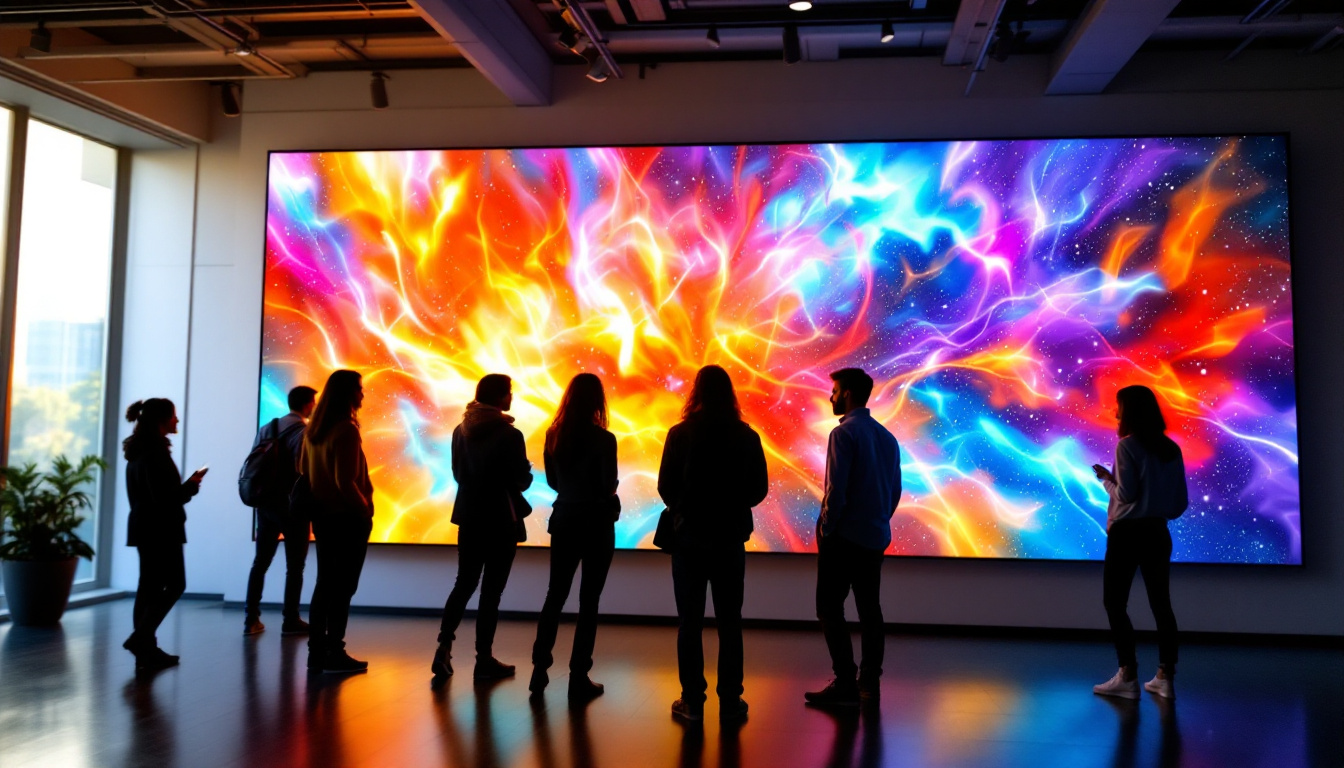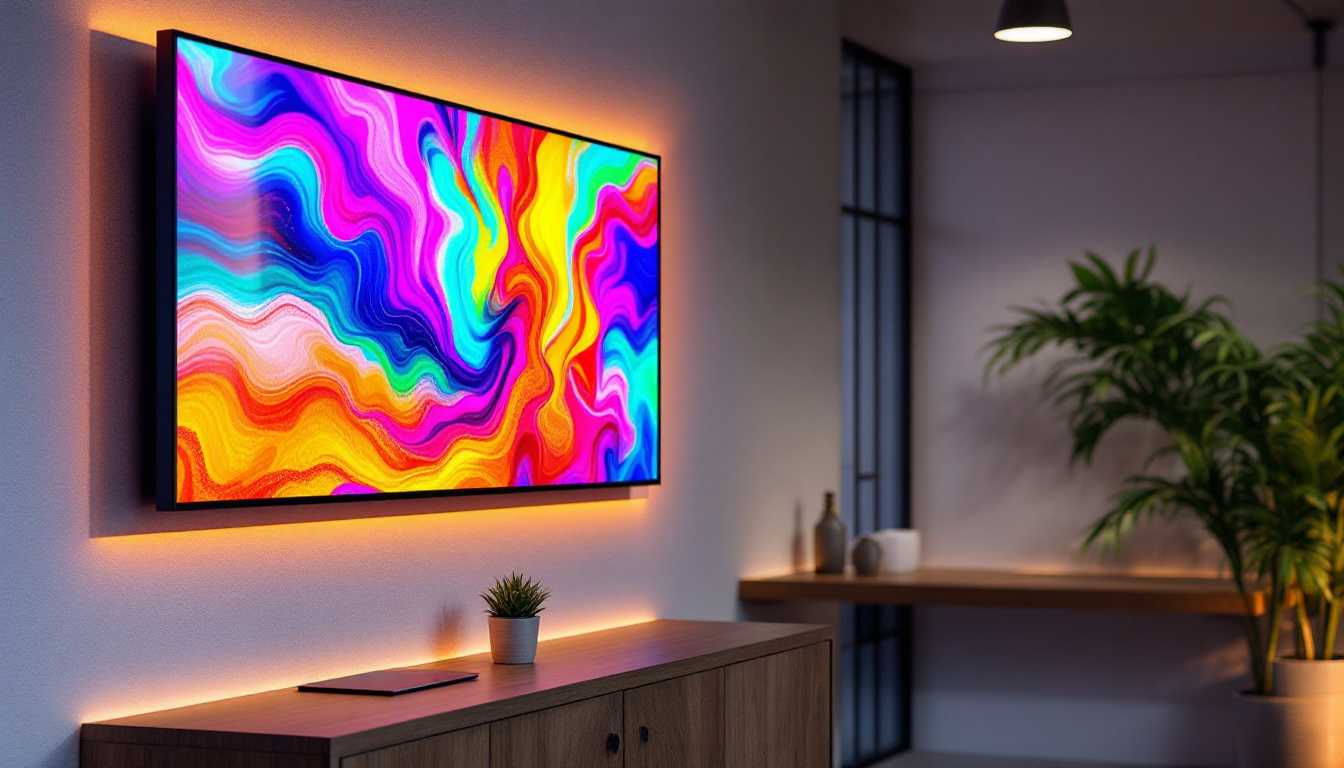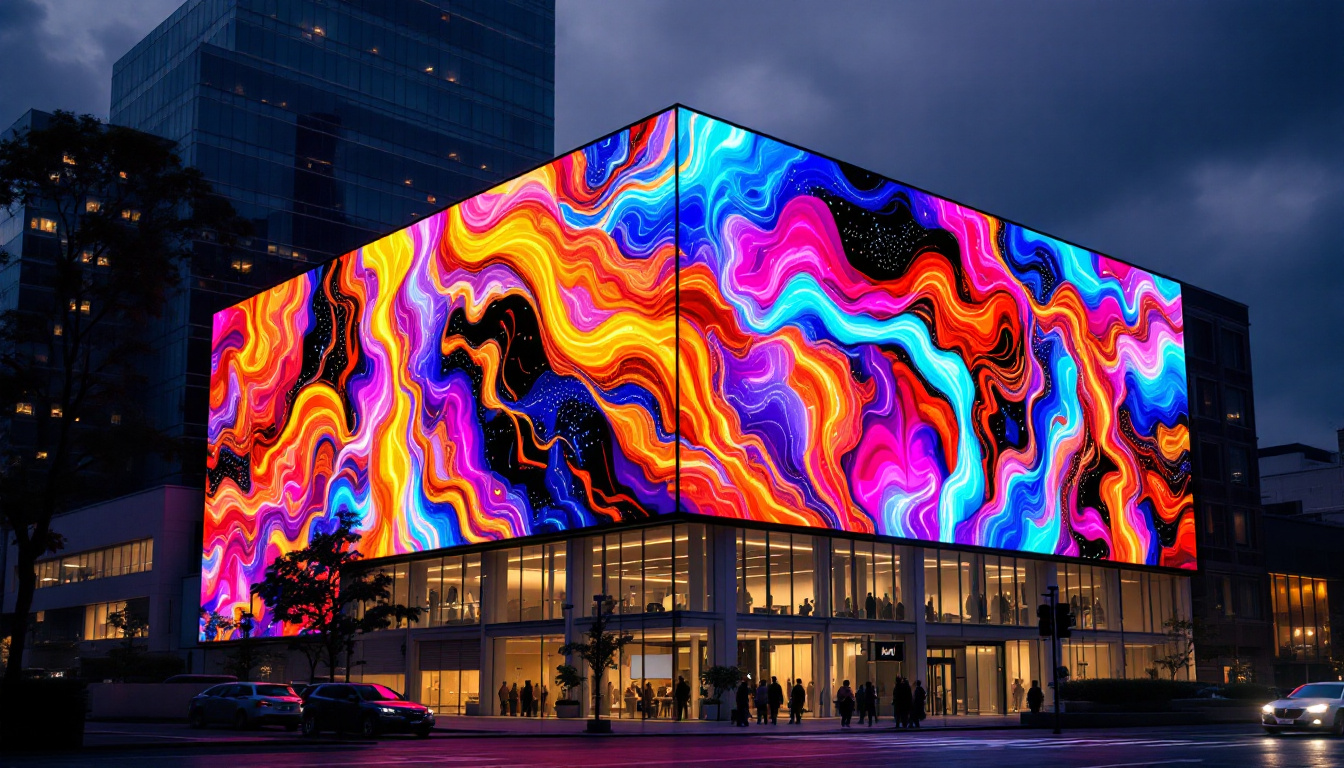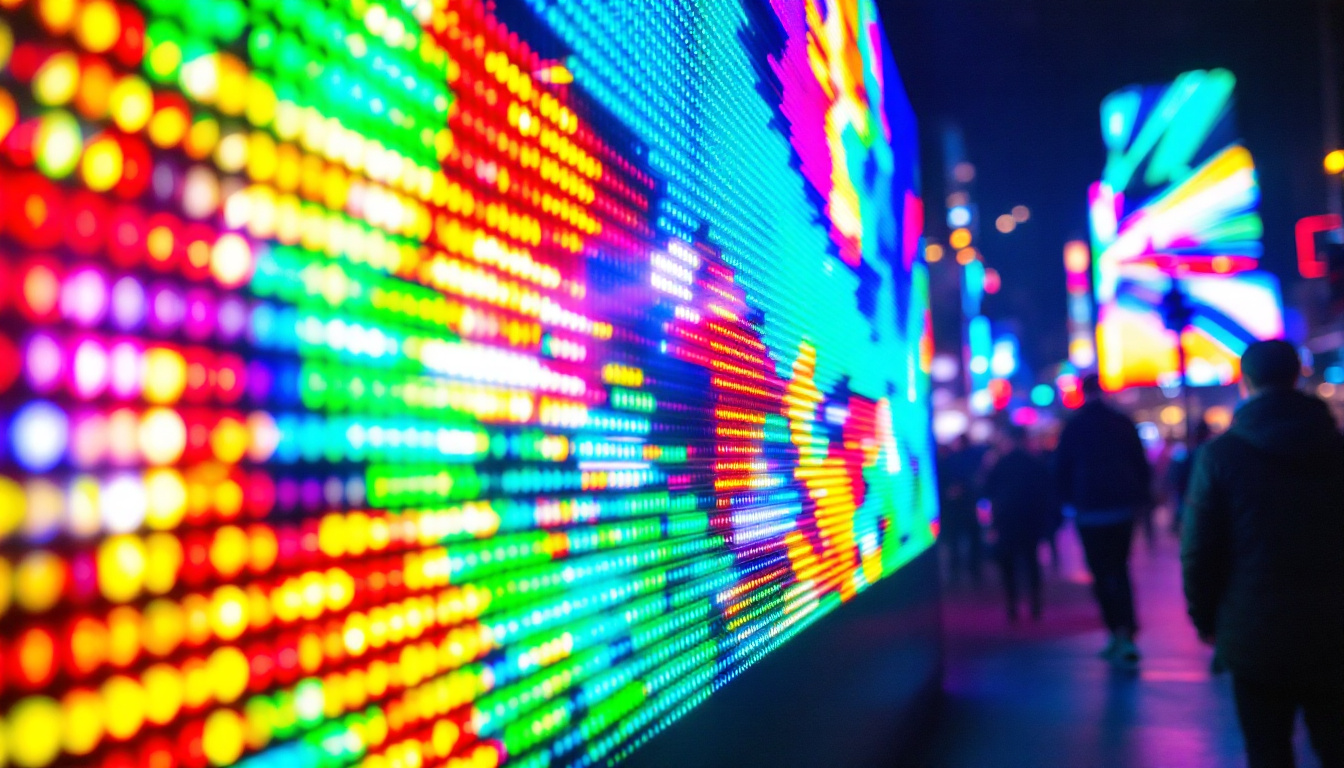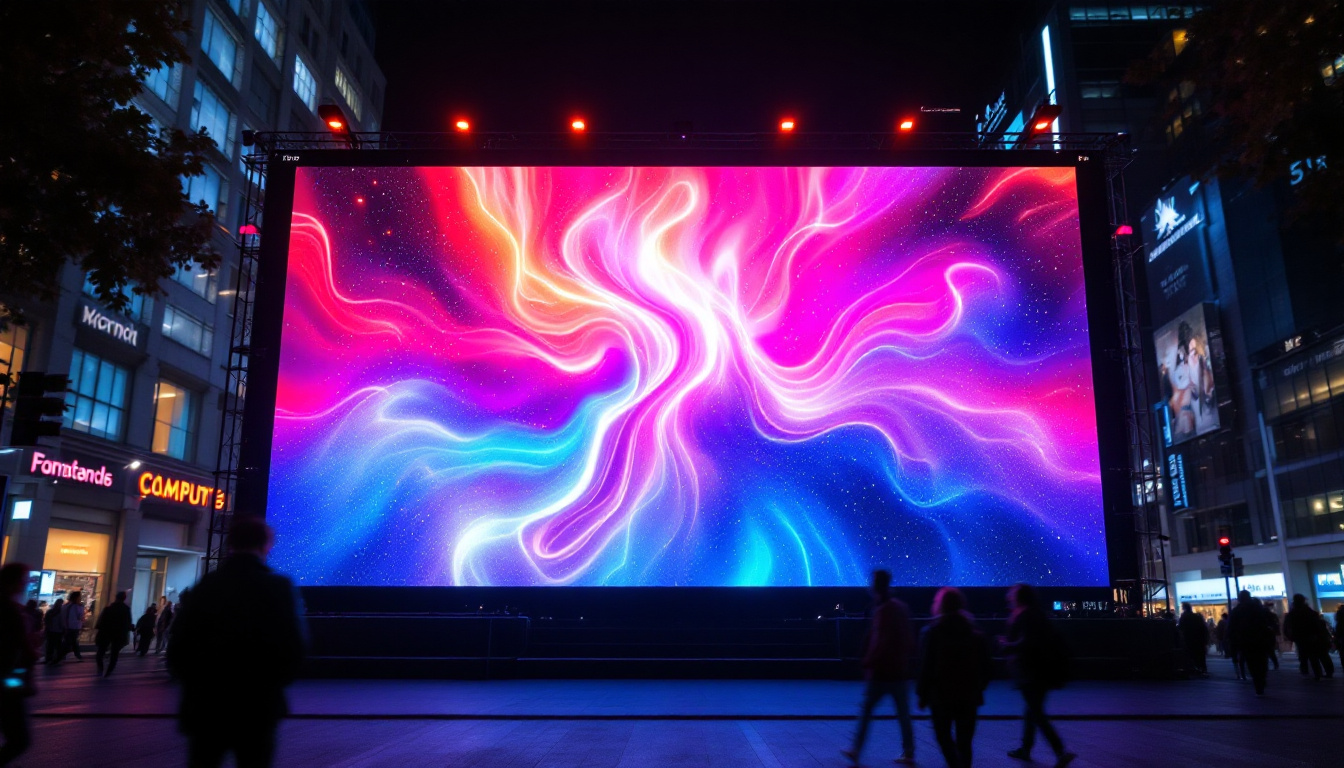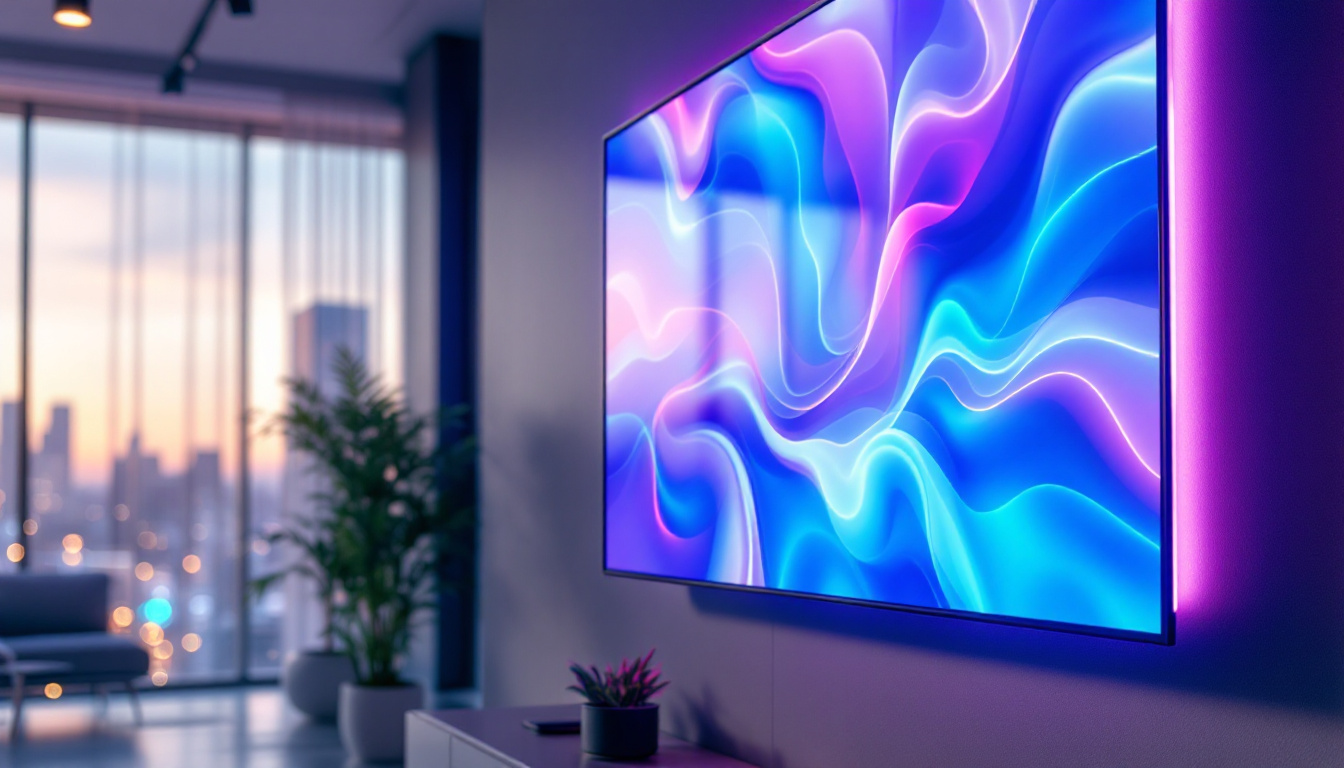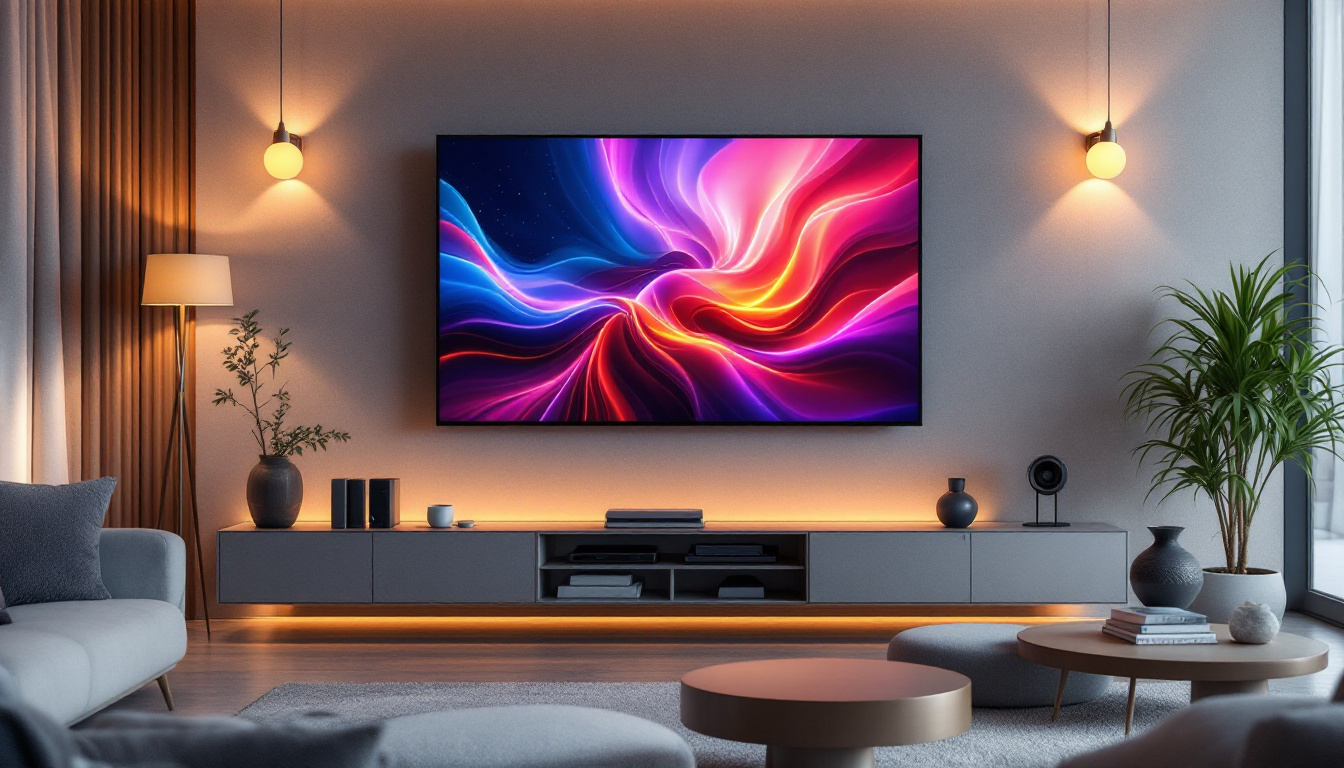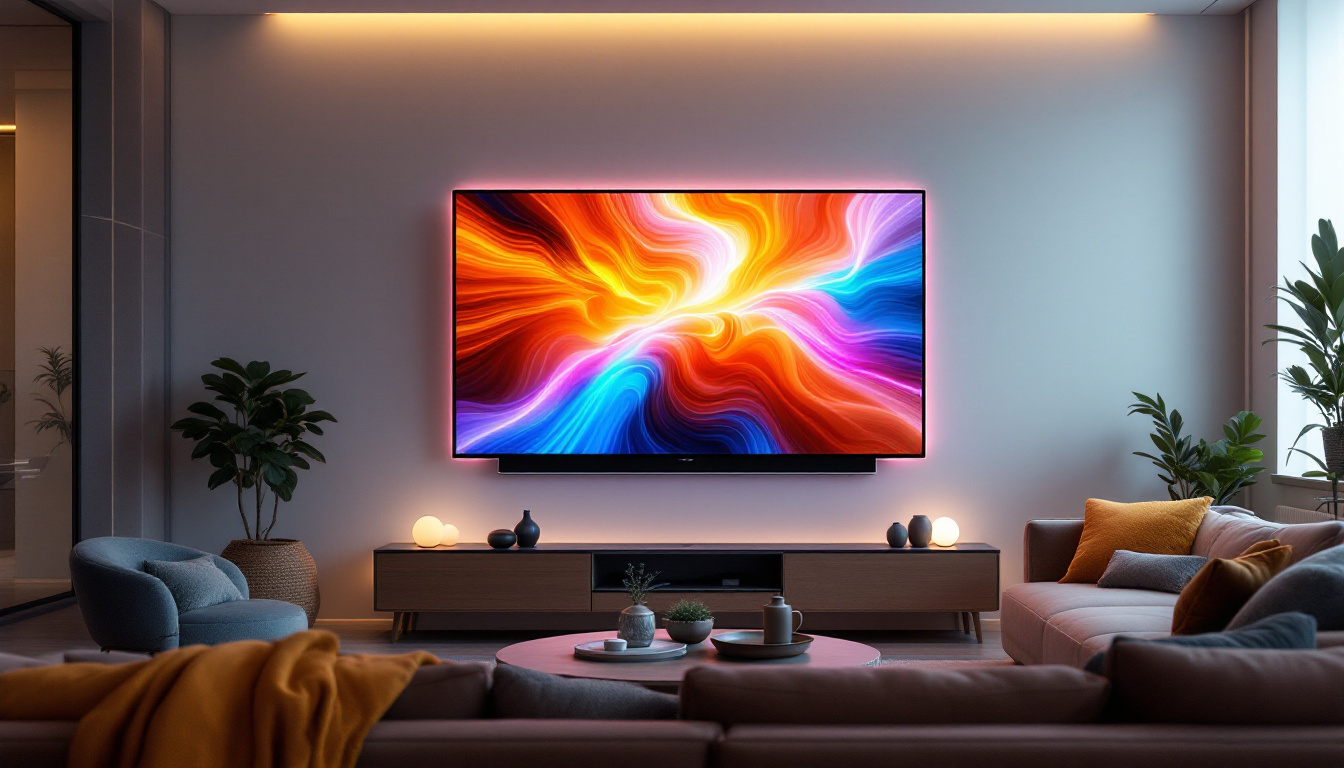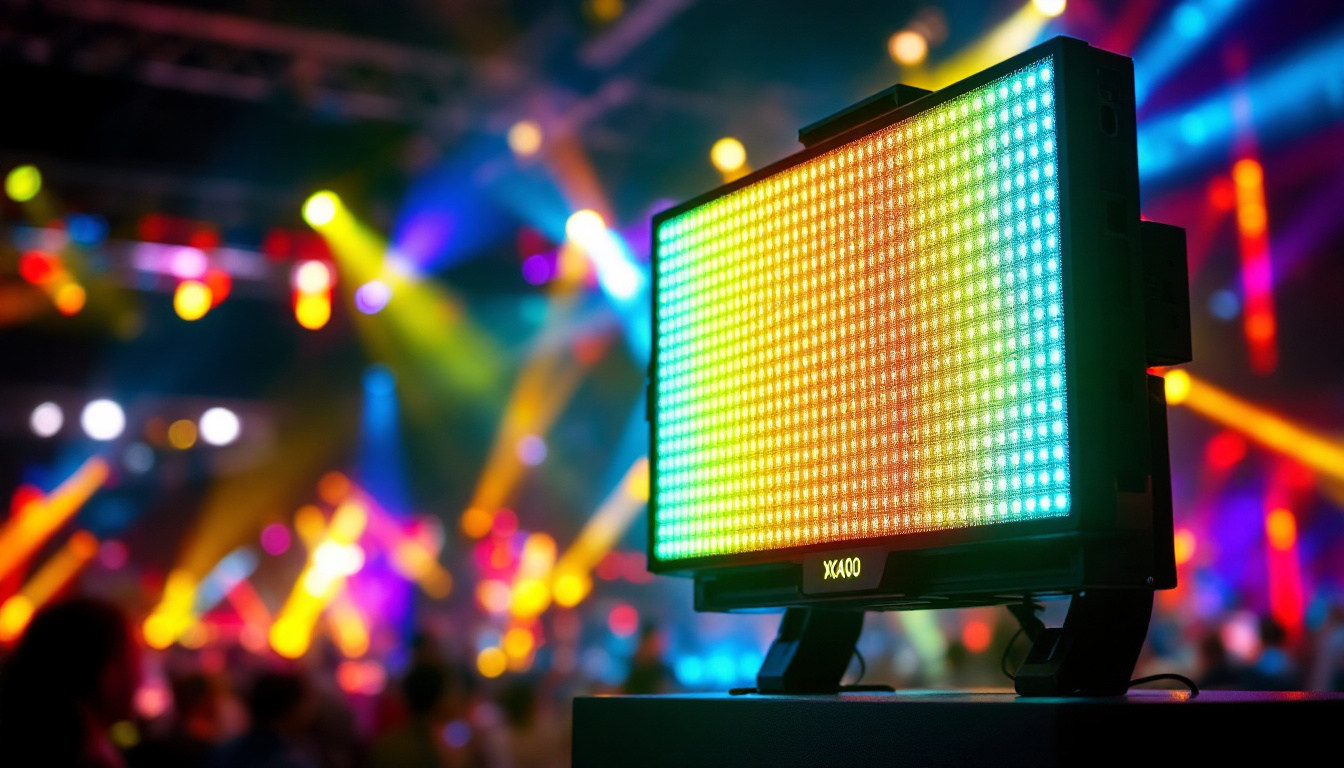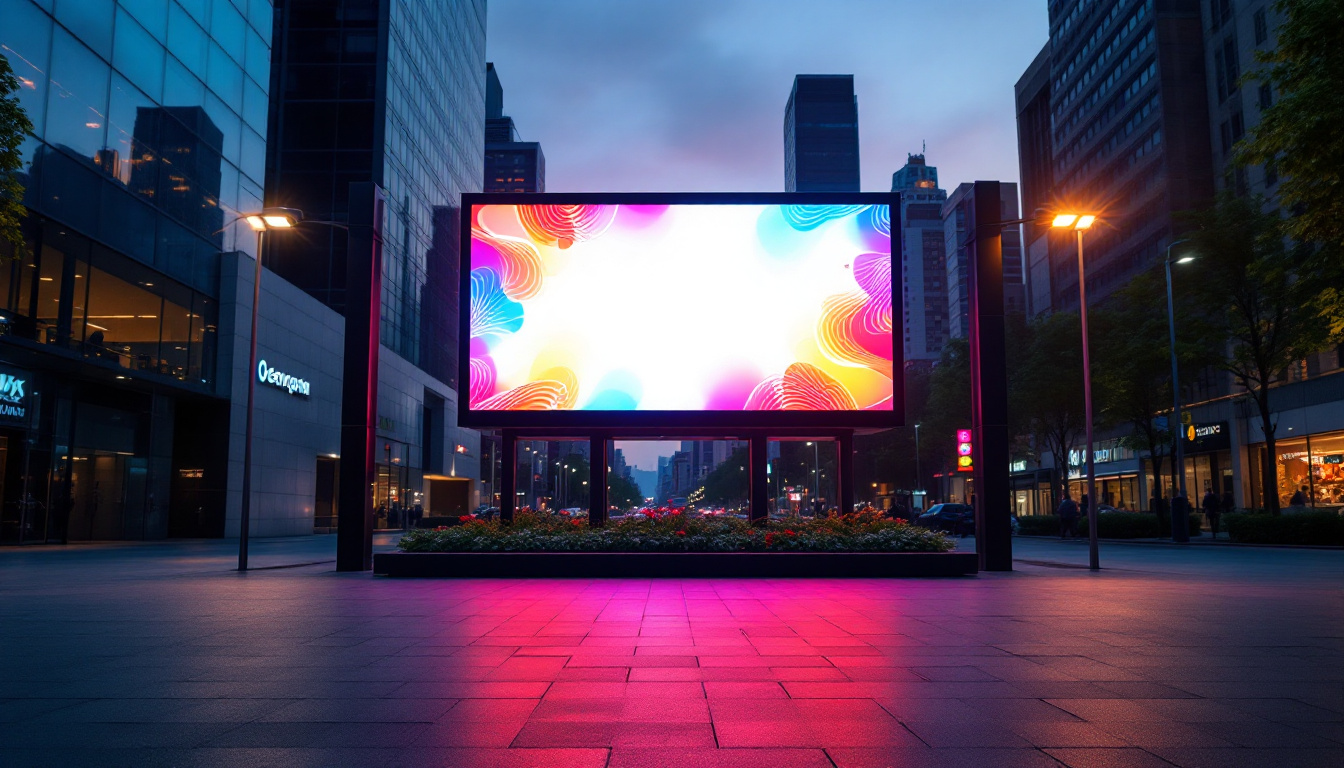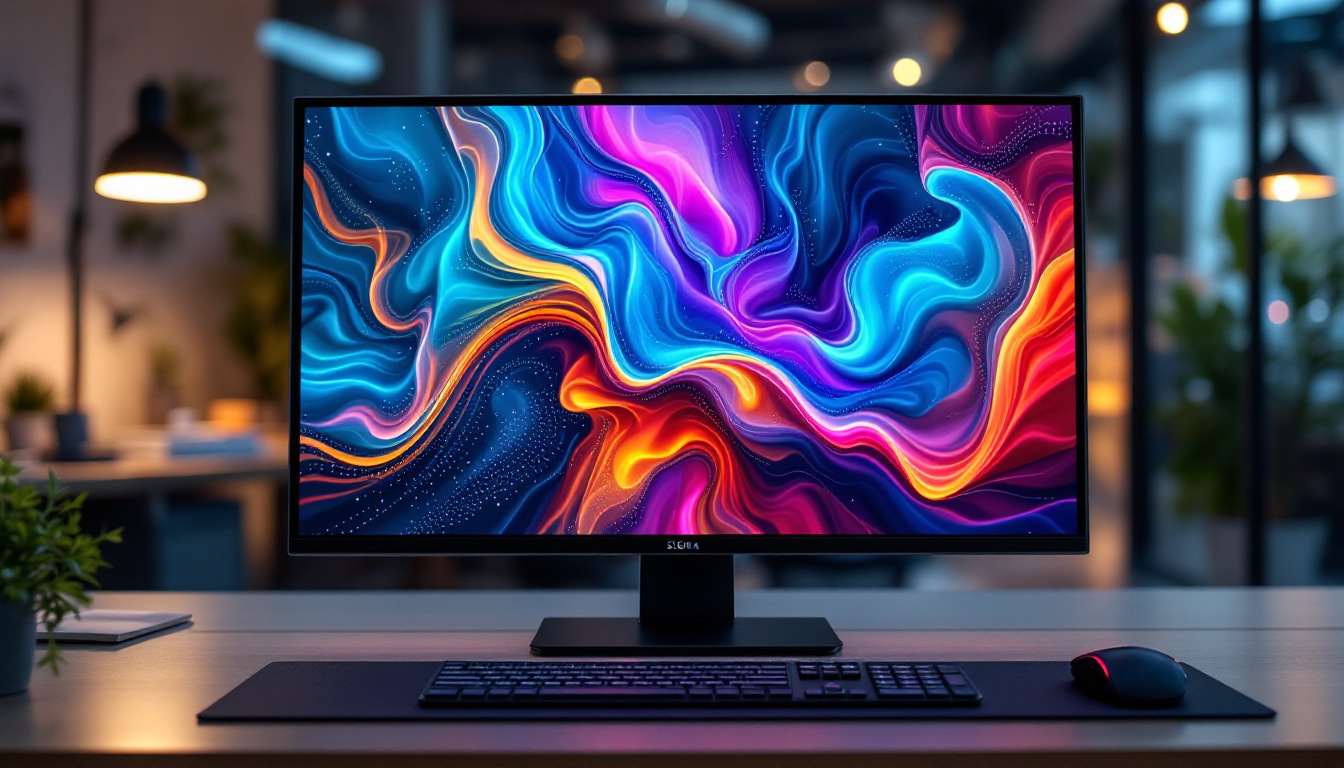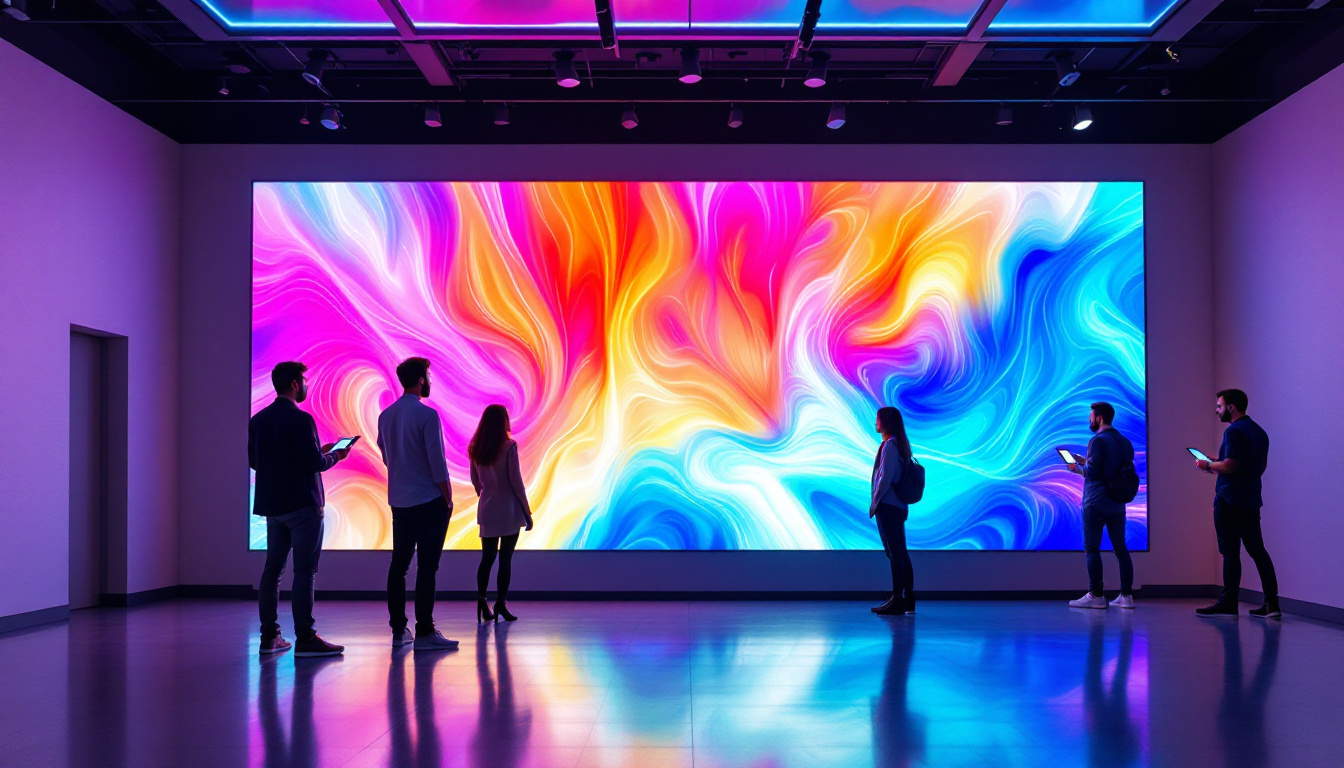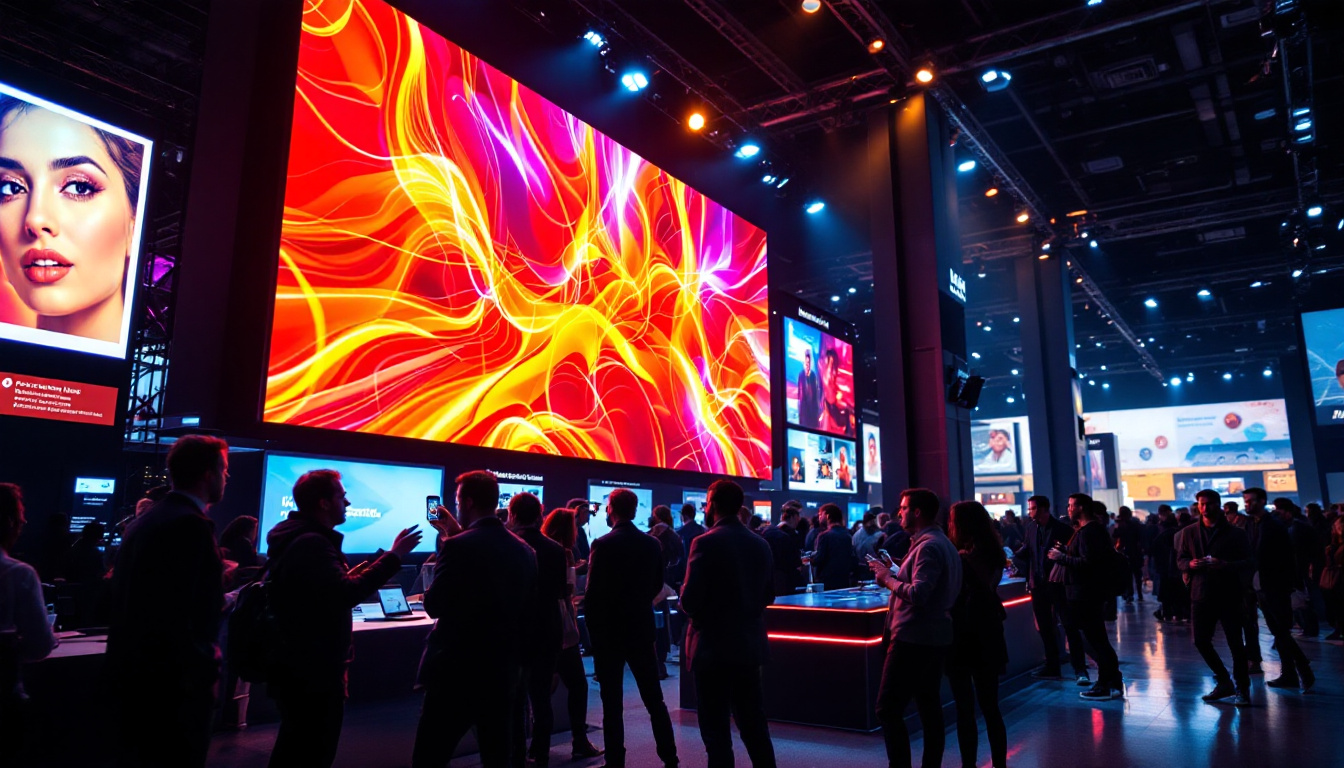In an era dominated by technological advancements, touchable computers have emerged as a revolutionary concept, transforming the way users interact with digital devices. At the heart of this innovation lies the LED display, a crucial component that not only enhances visual experiences but also facilitates intuitive touch interactions. This article delves into the intricacies of LED displays in touchable computers, exploring their functionality, advantages, and the future of touch technology.
Understanding LED Technology
LED, or Light Emitting Diode, technology has become a cornerstone in modern display systems. Unlike traditional displays that rely on cathode ray tubes (CRTs) or liquid crystal displays (LCDs), LED displays utilize semiconductor materials to emit light when an electric current passes through them. This fundamental difference results in a range of benefits that have made LED displays the preferred choice for touchable computers. The evolution of LED technology has not only transformed the way we interact with devices but has also paved the way for innovations in various fields, including automotive lighting, architectural illumination, and even medical devices.
How LED Displays Work
LED displays operate on a straightforward principle: when electricity flows through the diode, it emits light. These displays can be categorized into two main types: passive and active matrix. Passive matrix displays utilize a grid of conductors to control the pixels, while active matrix displays use a thin-film transistor (TFT) for each pixel, allowing for faster response times and better image quality. The active matrix technology is particularly advantageous for high-resolution screens, as it enables smoother transitions and more precise control over each pixel, which is essential for applications requiring high fidelity, such as gaming and graphic design.
The pixel arrangement in LED displays is crucial for achieving high resolution and vibrant colors. Each pixel consists of red, green, and blue (RGB) sub-pixels, which can be combined in various intensities to produce a wide spectrum of colors. This capability is particularly important for touchable computers, where clarity and color accuracy enhance user experience. Additionally, advancements in LED technology have led to the development of new color spaces and enhanced color reproduction techniques, allowing displays to achieve greater color depth and accuracy, which is vital for professionals in photography and video editing.
Benefits of LED Displays
The advantages of LED displays extend beyond mere aesthetics. One of the most significant benefits is energy efficiency. LED technology consumes less power compared to traditional displays, making it an environmentally friendly option. Additionally, LED displays have a longer lifespan, reducing the need for frequent replacements and contributing to lower overall costs. This longevity is particularly beneficial in commercial settings where displays are used continuously, as it minimizes downtime and maintenance expenses, allowing businesses to focus on their core operations.
Moreover, LED displays offer superior brightness and contrast ratios, which are essential for touchable computers used in diverse lighting conditions. Whether in a dimly lit room or under bright sunlight, LED displays maintain visibility, ensuring that users can interact with their devices without straining their eyes. The adaptability of LED technology also extends to its form factor; displays can be made thinner and lighter, facilitating the design of sleek, portable devices. Furthermore, the flexibility of LED panels allows for creative applications, such as curved or even transparent displays, opening up new possibilities for design and functionality in consumer electronics.
Touchable Technology: The Interface Revolution
Touchable computers represent a paradigm shift in human-computer interaction. The integration of touch technology with LED displays has created a seamless interface that allows users to engage with their devices in a more natural and intuitive manner. This section explores the evolution of touch technology and its implications for user experience.
The Evolution of Touch Interfaces
The journey of touch technology began with simple resistive touchscreens, which required pressure to register input. Over time, advancements led to the development of capacitive touchscreens, which detect touch through changes in electrical fields. This innovation allowed for multi-touch capabilities, enabling users to perform gestures such as pinch-to-zoom and swipe.
Today, touchable computers leverage advanced technologies like infrared and optical sensors, further enhancing responsiveness and accuracy. These innovations have made touch interfaces more reliable and user-friendly, paving the way for applications in various fields, from education to healthcare. For instance, in healthcare, touch-enabled devices are being used for patient monitoring systems and interactive medical imaging, allowing healthcare professionals to manipulate data with ease and improve patient outcomes.
User Experience and Interaction
The integration of touch technology with LED displays has significantly improved user experience. The tactile feedback provided by touchscreens allows users to engage with digital content more interactively. This interaction is particularly beneficial in creative fields, where artists and designers can manipulate images and graphics with precision. Moreover, the ability to customize touch interfaces has led to personalized user experiences, enabling individuals to tailor their devices to suit their specific needs and preferences.
Furthermore, touchable computers have facilitated the rise of collaborative work environments. Multiple users can interact with the same display simultaneously, fostering teamwork and creativity. This collaborative aspect is particularly evident in educational settings, where students can engage with interactive lessons and activities. In addition, businesses are increasingly adopting touch technology for brainstorming sessions and project planning, using interactive whiteboards that allow teams to visualize ideas and concepts in real-time. As this technology continues to evolve, we can expect even more innovative applications that enhance both personal and professional interactions.
Applications of Touchable Computers
The versatility of touchable computers has led to their adoption across various industries. From education to healthcare, the applications of this technology are vast and varied. This section highlights some of the most prominent use cases for touchable computers equipped with LED displays.
Education and Learning
In the realm of education, touchable computers have transformed traditional learning methods. Interactive whiteboards and touchscreen tablets have replaced conventional blackboards, allowing educators to present information dynamically. Students can engage with lessons through interactive simulations and collaborative projects, enhancing their understanding of complex concepts.
Moreover, touchable computers enable personalized learning experiences. Students can progress at their own pace, accessing resources and materials tailored to their individual needs. This adaptability is particularly beneficial for students with diverse learning styles, ensuring that everyone has the opportunity to succeed.
Healthcare Innovations
In healthcare, touchable computers have revolutionized patient care and medical practices. Medical professionals can access patient records, imaging, and diagnostic tools through intuitive touch interfaces, streamlining workflows and improving efficiency. This technology also facilitates remote consultations, allowing healthcare providers to connect with patients in real-time.
Additionally, touchable computers are increasingly used in surgical settings, where surgeons can interact with digital imaging and surgical planning tools without the need for physical contact. This capability reduces the risk of contamination and enhances precision during procedures.
Entertainment and Gaming
The entertainment industry has embraced touchable computers, particularly in gaming. Touchscreens provide an immersive experience, allowing players to interact with games in ways that traditional controllers cannot replicate. The tactile feedback and visual clarity of LED displays enhance gameplay, making it more engaging and enjoyable.
Furthermore, touchable computers have become popular in the realm of digital art and design. Artists can create stunning visuals using touch interfaces, manipulating colors and shapes with ease. This has led to the emergence of new art forms and creative expressions that were previously unimaginable.
The Future of Touchable Computers
As technology continues to evolve, the future of touchable computers looks promising. Innovations in LED display technology and touch interfaces are set to redefine user experiences across various domains. This section explores potential advancements and trends that may shape the future of touchable computers.
Advancements in Display Technology
The next generation of LED displays is expected to bring even greater improvements in resolution, color accuracy, and energy efficiency. Technologies such as MicroLED and OLED are gaining traction, offering enhanced visual experiences with deeper blacks and more vibrant colors. These advancements will further elevate the quality of touchable computers, making them more appealing to users.
Additionally, the integration of augmented reality (AR) and virtual reality (VR) with touchable computers is on the horizon. These technologies promise to create immersive environments where users can interact with digital content in three-dimensional spaces. This convergence of touch technology and immersive experiences will open up new possibilities for education, entertainment, and professional applications.
Enhanced Touch Interactions
The future of touch technology may also see the incorporation of haptic feedback, providing users with tactile sensations when interacting with digital content. This feature can enhance the realism of touch interactions, making them more engaging and intuitive. Imagine feeling the texture of a virtual object or receiving feedback when pressing buttons on a touchscreen—these innovations could redefine how users interact with their devices.
Moreover, advancements in gesture recognition and voice control will likely complement touch interfaces, creating a more holistic interaction experience. Users will have the freedom to choose their preferred method of engagement, whether through touch, voice, or gestures, making technology more accessible to diverse populations.
Conclusion
Touchable computers equipped with LED displays have transformed the landscape of human-computer interaction. The combination of vibrant visuals, intuitive touch interfaces, and versatile applications has created a powerful tool that enhances user experiences across various domains. As technology continues to advance, the future of touchable computers holds immense potential, promising even greater innovations that will shape the way individuals engage with digital content.
In summary, the journey of touchable computers is just beginning. With ongoing advancements in LED display technology and touch interfaces, users can expect a future where interaction with digital devices is not only more intuitive but also more immersive and engaging. The possibilities are limitless, and the impact on society will be profound as touchable computers continue to evolve and integrate into everyday life.
Discover the Future of Touchable Computers with LumenMatrix
As we stand on the brink of a new era in touchable computer technology, LumenMatrix is at the forefront, pioneering the LED display revolution. With a commitment to innovation and quality, LumenMatrix offers a wide array of LED display solutions, from Indoor and Outdoor LED Wall Displays to specialized formats like Vehicle, Sports, and Floor LED Displays. Whether you’re looking to enhance brand visibility or create immersive environments, LumenMatrix’s Custom and All-in-One LED Displays, including the cutting-edge LED Transparent Display, are designed to captivate and engage. Experience the transformative power of advanced LED technology and take the first step into a visually stunning future. Check out LumenMatrix LED Display Solutions and see how they can elevate your interactive digital experiences.






